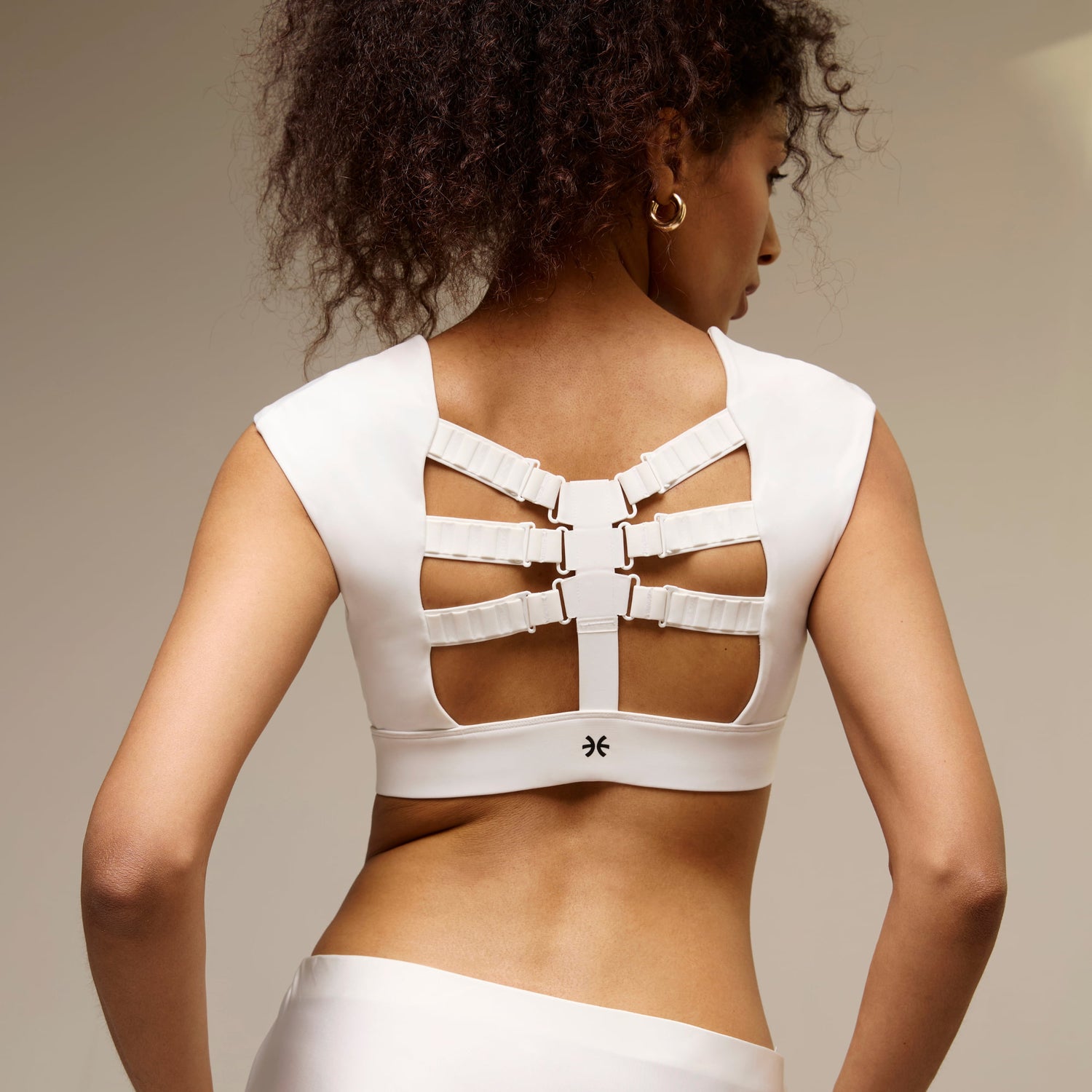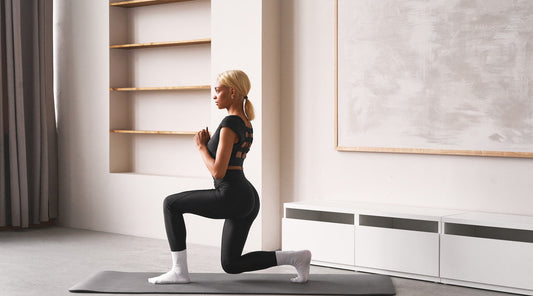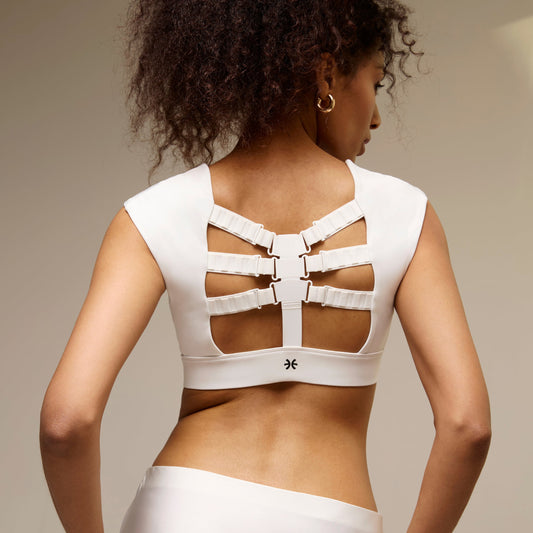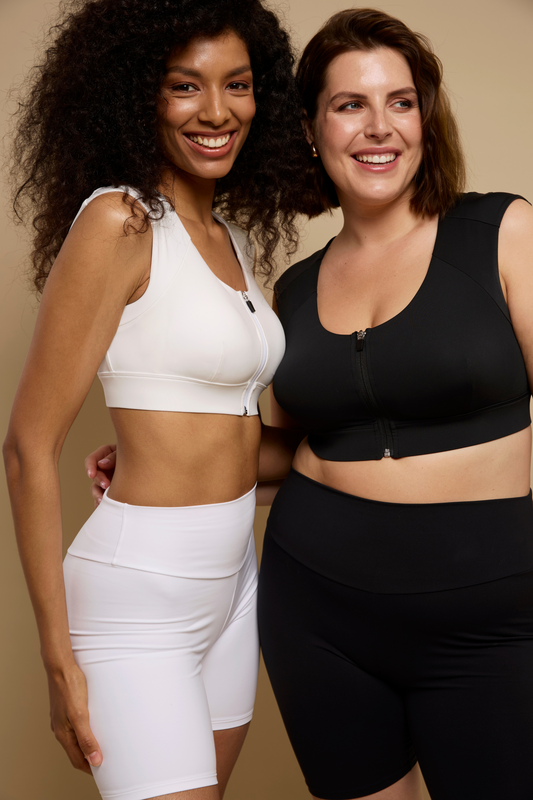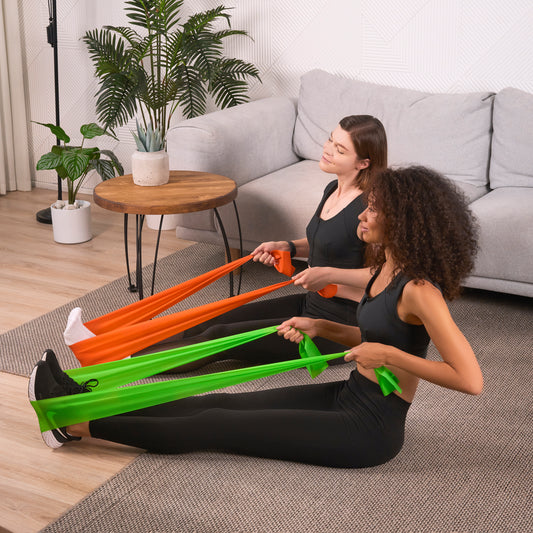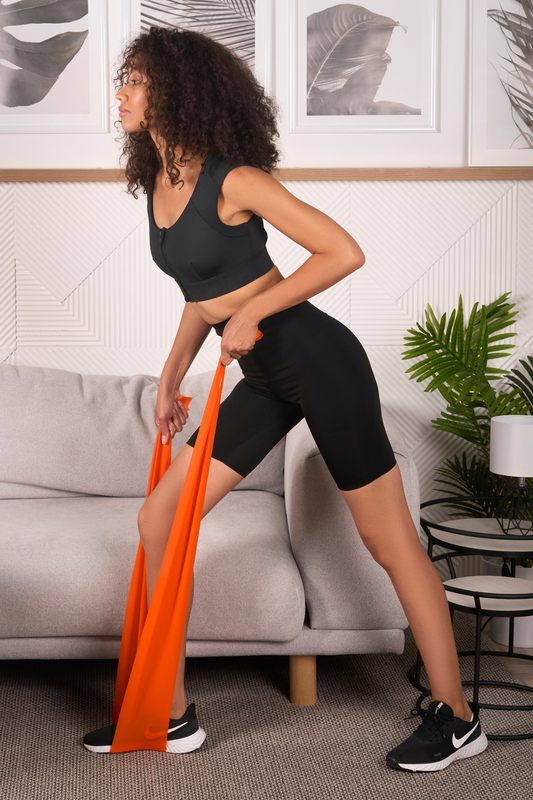It is essential to clarify what correct posture looks like to know how to benefit from it and avoid negative impacts on health if the posture is incorrect.
Pain injuries and other health issues can be avoided by ensuring your body is held correctly whether you are moving or not. One of the best health solutions you can take is to use a posture correcting bra for posture and comfort.
Even in normal life conditions, everyone should understand the characteristics of good posture. As a result, health is under control, and well-being is surely in a positive way.
Before we discuss how to correct your posture and worry about whether you have any health concerns, you need to determine what is healthy posture.
What is the Meaning of Good Posture?
Awareness of your posture throughout the day is important to maintaining proper posture. This entails actively monitoring and adjusting your posture when performing different tasks, such as walking, standing in line, or even sitting at a desk.
What is good posture? It is the right alignment of your body when sitting or standing. The goal of proper positioning is to teach your body to defy gravity while putting the least amount of stress and strain on your ligaments and muscles, which are structural supports. One amazing thing that can help maintain proper posture is Etalon posture correcting bands.
Explore the Characteristics of Good Posture
Recognizing all the signs of correct posture is one of the primary keys to a healthy body, physiologically and mentally. Improper posture directly impacts our moods, ability to work, and motivation to perform certain tasks.
Good sitting posture
- Sitting with your lap on the chair.
- Do not lean forward.
- Sit straight with your legs relaxed.
- Keep your head erect and chest up.

Good walking posture
- Avoid dragging your feet.
- Do not twist or bend the body.
- Hold your head up.
- Swing the arms naturally.
Good standing posture
- Carry your weight on both feet and stand firm.
- Push your head up and chest out.
- Tuck in buttock and abdomen.
These guidelines give you a clear picture of what does proper posture look like, which will enable you to avoid common mistakes when walking, sitting, or standing.
How to Know If My Posture is Correct?
To clearly identify “How do I know if I have good posture?” You can perform a few simple tests that will confirm or deny the existence of some issues.
Wall test
How to know if your back is straight?
With your back against the wall, turn away from it and lean against it. After attempting to stand as tall and straight as possible, determine which parts of your back are in contact with the wall.
If your head, shoulders, hips, backs of your feet, and shoulders all touch the wall, you have pretty good posture. If you still need to, it indicates you have some work to do.
Palm test
It requires you to hang your arms downward. It works best when you are standing. Note the palms of your hands without moving your arms. Observe which way they are facing instead of staring at them.
Palms facing the sides of your legs indicate that your arms are dangling by your sides. This demonstrates ideal shoulder posture, with your shoulders rolled back and your chest out.
When your arms hang before you, your palms should face your front thighs. If this is the case, you are slouching with your shoulders slumped forward.
Test of laying
Attempt to firmly press your head backward while lying on a hard, level surface. Being able to lay your head backward without looking up or down indicates that your posture is perfect.
If you have to look up or down, your neck is out of alignment. You should start working on your neck posture. Those who spend their entire workday looking down at their computers frequently have bad neck posture. Another way to strain your neck is to glance down to check your phone constantly.
In each of the above tests, you can clearly identify what good posture should look like and start correcting it if any issue is detected.
How Can Posture Affect My Health?
Headache
Tension headaches are caused by the strain that slouching or hunching forward places on our neck and upper back muscles. Poor posture, which can limit oxygen and blood flow to the brain, further aggravates headache symptoms.
Back pain in the lower back
Unexpectedly, chronic slouching or misalignment can lead to lower back pain, another effect of bad posture. As a result, the lower back muscles and structures are subjected to undue strain. Spinal misalignment, lumbar spine compression, and muscle imbalances can all result from this strain.
Inadequate blood flow
Hunching over or slouching consistently can narrow blood vessels and disrupt the body's normal blood flow. This impaired circulation can cause a number of problems, including cold hands and feet, increased fluid retention, and decreased oxygen and nutrition delivery to the body's tissues.
Problems breathing
Poor posture limits chest cavity expansion, which prevents the lungs from fully inflating. As a result, one consequence of slouching or maintaining incorrect alignment may be actual difficulty breathing. Because of this, shallow breathing becomes common, which lowers lung capacity, intakes insufficient oxygen, and causes feelings of exhaustion or dyspnea.
How Can I Improve My Body Posture?
Keep moving. Exercise of any kind may help with posture, but some exercises are particularly beneficial. These consist of body-awareness-focused classes like yoga.
Retain a healthy weight. Excess weight can exacerbate low back pain, weaken your abdominal muscles, and create issues with your pelvis and spine.
Put on relaxed, low-heeled footwear. Wearing high heels, for instance, can cause you to lose your balance and change how you walk. This weakens your posture and increases the strain on your muscles.
Wear the Etalon® Posture Bra 2.0. It's designed to provide you with the posture support you need and relieve your upper back pain without compromising on comfort.
Summary
Poor posture can impair this sense of body awareness because misalignment can make your body less aware of its position, which can cause clumsiness or injury. Proper posture greatly enhances one's understanding of one's body, which promotes better movement balance and general health.
Photo by Kaboompics.com on Pexels
FAQs
What is considered good posture, and why is it important?
How do you know if you have good posture?
What is the difference between good posture and perfect posture?
What should good posture look like when sitting, standing, and walking?
How can proper posture affect your lifestyle?
Trending
Try Etalon posture improvement products
